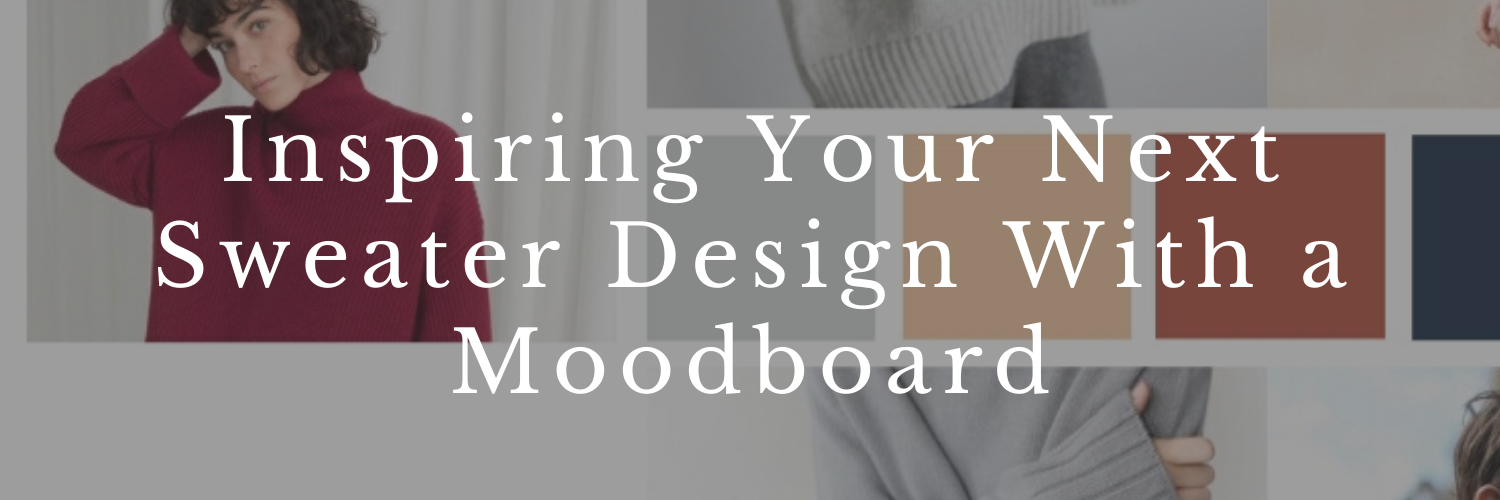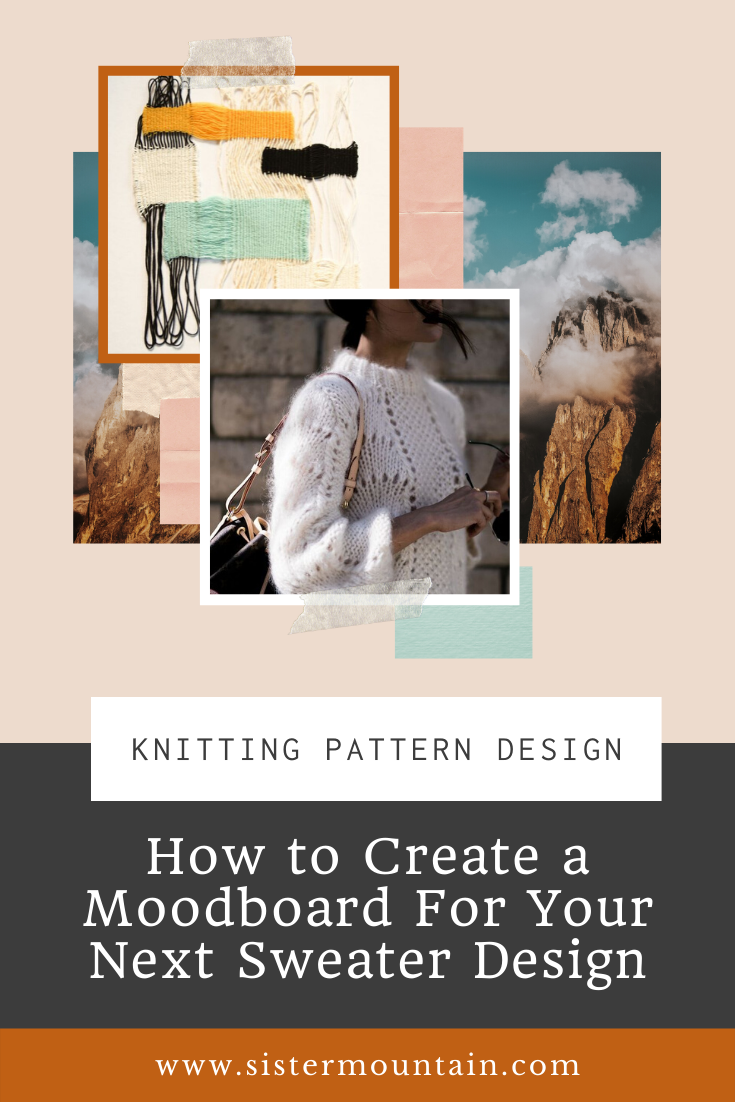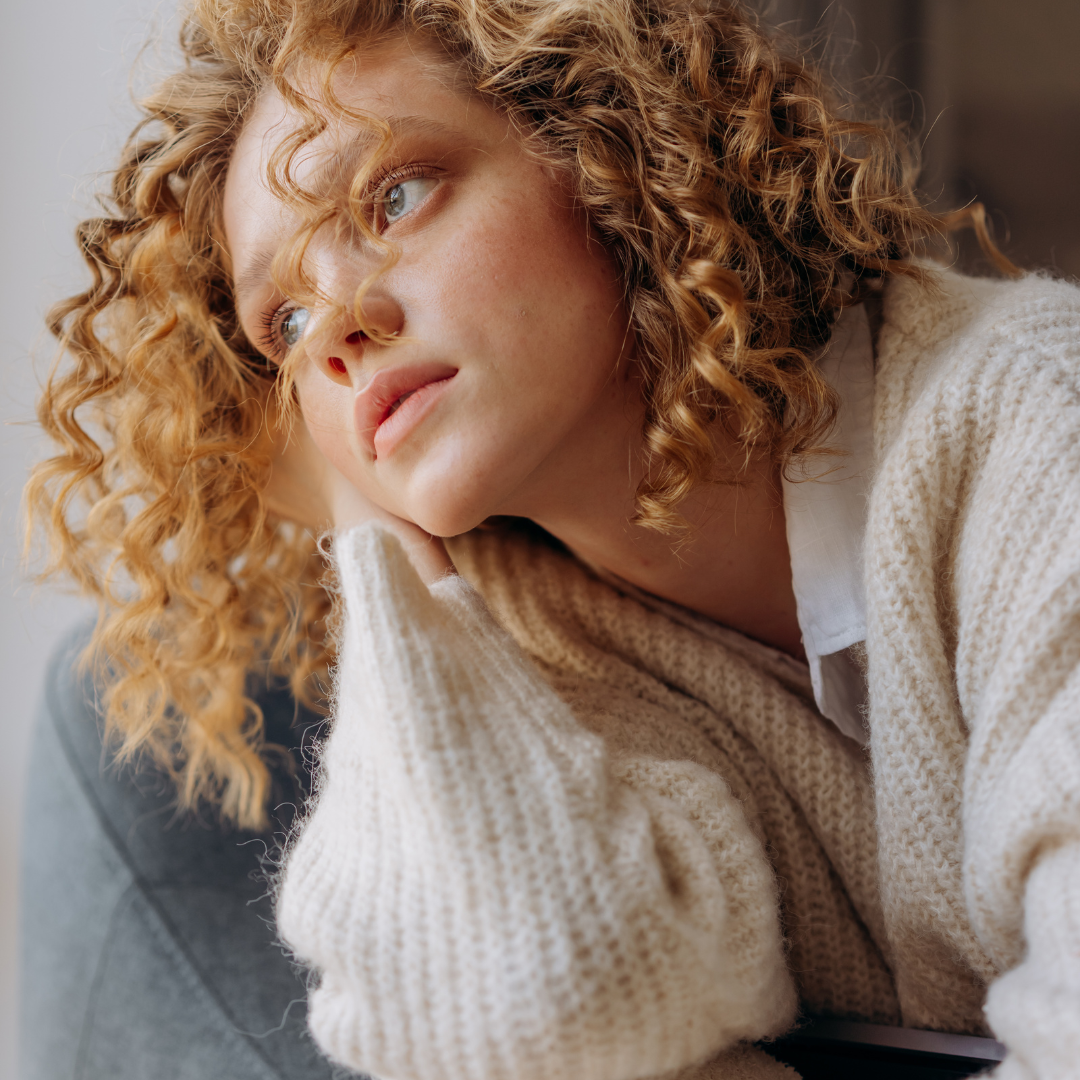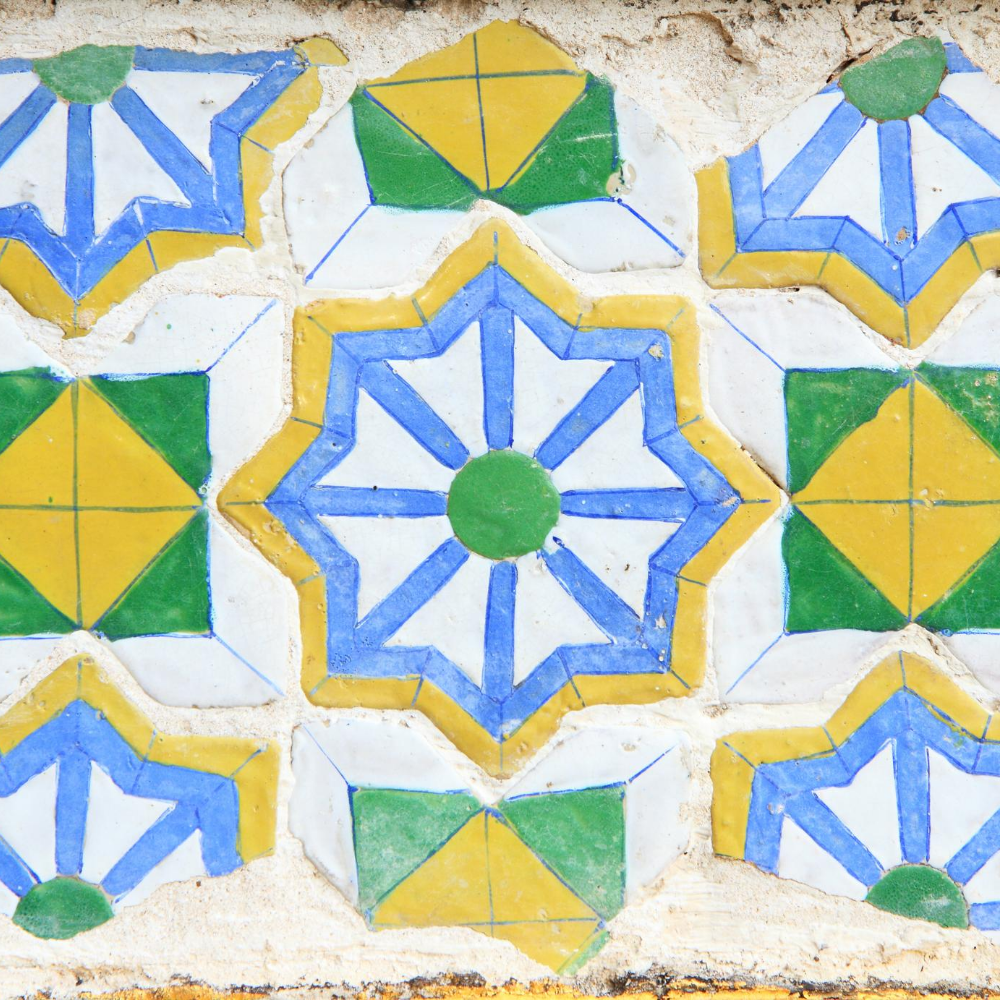How to Create a Moodboard to Inspire Your Next Sweater Design
Often, at the start of a design project, a blank page can feel overwhelming. There are so many things you could design - how do you narrow it down and focus?
If you’re stuck on figuring out the design direction for your next sweater pattern, let me evangelise about the power of moodboards.
Moodboards are a standard part of my knitting pattern design process and have been since I was a knitwear design student. Even after I graduated, we used moodboards all the time at the swatching studio I worked at.
Nowadays, I like to use moodboards to inspire individual knitting pattern designs, whether I’m self-publishing or following a brief from a publication. In this blog post, I’ll show you how you can create your own moodboards for maximum inspiration.
What is a moodboard and why should you use one?
A moodboard is essentially a collection of images that inspire the creative direction of a project. They can be either digital or analogue, depending on your preferences.
Moodboards help you to articulate your thoughts around a design before you even start to sketch. They don’t have to be rigid - they’re simply a rough idea of what sort of silhouette, yarn, stitch and colours you’d like to feature in your sweater design.
They also help you to explore your personal design aesthetic. If you sometimes feel a bit underwhelmed by your finished designs, it might be that you haven’t quite discovered who you are as a designer. Creating moodboards can really help you to identify what you like and don’t like.
How to Make a Moodboard
If you’re putting together an analogue moodboard, you could use a piece of card, a stack of magazines and some glue to put yours together. I also used to make physical moodboards using a large piece of foamboard and push pins to give myself the option of moving images around or even removing them entirely.
These days, I tend to create digital moodboards, starting off on Pinterest and then finalising it in Canva. Both are free to use and can make really inspiring moodboards.
What Should You Put On a Moodboard?
A great moodboard should include a mixture of both literal and emotional inspiration.
Literal inspiration might be specific fashion or knitwear inspiration, including garment silhouettes, stitch ideas, colour palettes, yarns and style details. It might also include patterns found elsewhere, such as some geometric tiling that you want to translate into a stitch or pattern in your garment.
Emotional inspiration is more about setting the tone for your design. This imagery is less likely to be fashion-based and instead, indicate the mood of your design. Do you have a muse who you’d like to design for? Put a picture of them on there. Also include images that depict your brand style, if you have already identified what that is.
Don’t be afraid to think outside of the box when you’re gathering inspiration for your moodboard. You don’t just have to use imagery you find online or in magazines. You could also use inspirational photos that you have taken. If you’re making a physical moodboard, I love to add knitted swatches or yarn wrappings to my boards to inspire texture ideas.
Start by gathering tons of inspiration initially and, later, select just a few key images to include in your final board. Channel Marie Kondo - choose only the photos that spark joy (or inspiration!) for you. Narrowing down your imagery will help to reduce overwhelm and will set a crystal clear direction for you to start sketching and swatching from.
How to Format Your Moodboard
Remember how I said that creating visual hierarchy in your knitting pattern layouts makes them easier to read? The same applies to your moodboards.
Use varying image sizes and placements to indicate their importance. Key inspiration should be larger and brought to the front - perhaps even overlapping less important imagery. Those images should be smaller and displayed towards the back.
Don’t use too many large key images or else it will become overwhelming. Remember, you are trying to be as specific as possible about the direction of your design.
Once you are finished, the theme of your design should be very clear at even just a glance.
Try Your Own Moodboards
Whilst many designers like to work from swatches or experimentation, I love that a moodboard helps me to be very intentional with my design work. If I set myself a brief via a moodboard, I find that I’m more likely to come up with something that matches my initial design intentions.
Even if you’re dubious about whether moodboards will work for you, give it a try and see what you think. You might be surprised!
Discussion
Have you used moodboards as part of your design process before? If so, let me know how you create them in the comments section! And if not, will you give them a try after reading this article? I always love to hear from you!













